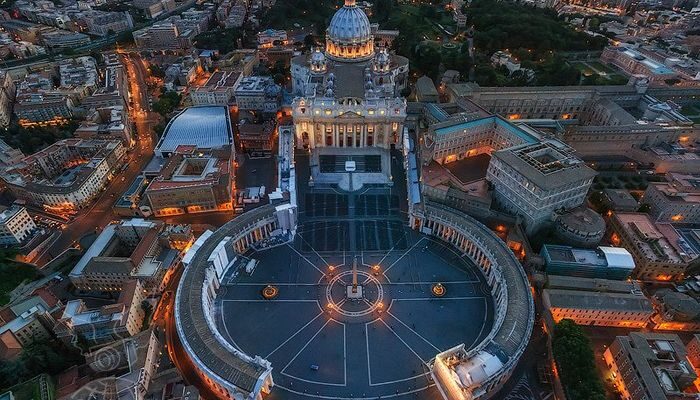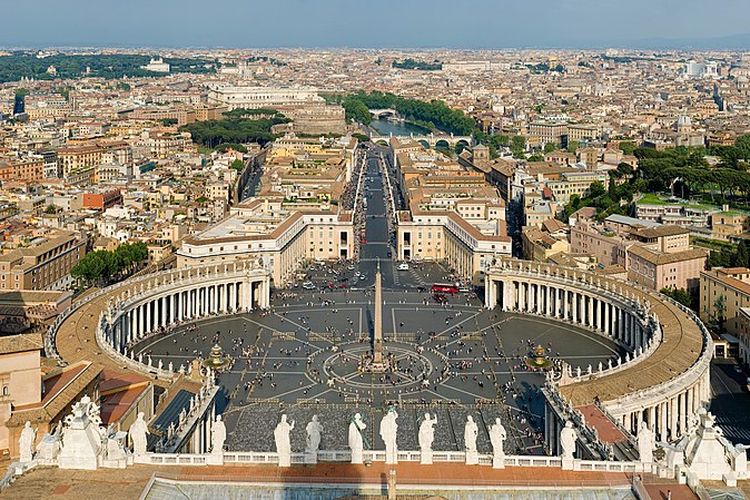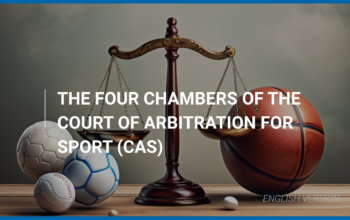Uzone.id – Vatican City State is located in the western part of the city of Rome with a total area of 44 hectares, a length of 1,045 m, and a width of 850 m which is bounded by high walls.
Besides the region of the Vatican City State mentioned above, there are also various areas and buildings located within the territory of Italy which are an integral part of the Vatican City State with the term ‘extraterritorial territory’ which covers an area of 700 thousand square meters.
The total population of the Vatican is around 1,000 people and live there because of work and position. The Vatican’s population consists of various nationalities, the majority of which are Italian citizens.
They also obtained Vatican Citizenship but based on “permanent residence” from the Italian Government as regulated in the Lateran Agreement.
So why can the Vatican become its own country and be recognized by the world?
Around the middle of the 8th century, the Papal State (Stato Pontificio) was formed with a large territory covering the entire city of Rome stretching between the West and East coasts of Italy. The Pope’s palace, called the Lateran Palace, is located next to the Basilica of Saint John Lateran which was used until the end of the 19th century.
The process of unifying the Italian kingdoms resulted in the Papal States being threatened several times and being involved in politics and territorial wars. After Rome was captured by Garibaldi in 1870 and power was handed over to King Vittorio Emanuele II, the so-called Papal States came to an end.
Pope Pius IX left the Lateran Palace and moved to the Vatican Palace and remained there in seclusion.
In 1871, King Vittorio Emanuele II issued a law guaranteeing the Pope’s position in the Lateran Palace and Castel Gandolfo. This unilateral action was rejected by the Pope.
In 1919, a “Law of Guarantee” was again issued by the Italian Government unilaterally, the contents of which recognized the Pope’s sovereignty over certain territories and gave him the right to use several buildings designated as part of his territory. However, this new action was opposed by the reigning Pope at that time, namely Pope Benedict XV.
As a middle way, several negotiations were held with the result of the formation of the Vatican City State. The Vatican City State was formed through the Lateran Treaty signed on February 11, 1929, between the Deputy Prime Minister of the Vatican Cardinal Pietro Gaspari, and the Prime Minister of the Kingdom of Italy Benito Mussolini.
The contents of the Lateran Treaty recognize the Vatican City State as a juridical and political body with guarantees of independence and sovereignty over the area surrounded by the Vatican walls and also regulate other Vatican property rights which are referred to as “extraterritorial”.
Based on this treaty and international law, the Vatican City State, the Holy See, and Italy are distinct entities and the relationships between them are plural and complex.
The Holy See represents the universal government of the Catholic Church and is considered a legal entity under international law but does not have the attributes of a sovereign state: territory, population, and sovereignty.

What is the status of citizens at the Vatican?
As a consequence of sovereignty, each country determines how to obtain citizenship. These systems differ from country to country, but the most common systems are closely related to three classic factors: place of birth ( jus soli ), blood ties ( right of blood ),/and place of residence ( right of place ).
A combination of these factors is usually used in certain national systems. However, due to the specifics of the Vatican City State, this sovereign entity has used other factors to determine whether someone can be considered one of its citizens.
The first Vatican law on citizenship was Law n. III dated July 7, 1929, which was set by Paus Pius XI immediately after the ratification of the Lateran Pact.
Law n. III regulates citizenship, access, vehicle entry, and residence in the Vatican City State. This law uses several criteria to determine the citizenship of the Vatican City State. Some of these criteria, for example, relate to positions held by residents interested in becoming citizens.
Under the new legal rules, citizenship can be obtained by law ( from the right ) or based on an administrative decision.
Citizenship from the right is only given to three groups of people:
(a) Cardinals residing in the Vatican City State or Rome;
(b) diplomats of the Holy See; and
(c) persons residing in the Vatican City State because of their position or service. This last group includes members of the Swiss Guard.
Based on Law n. CXXXI, the acquisition of citizenship through an administrative decision can only be requested in three situations:
(a) by residents of the Vatican City State when they are authorized by their office or service;
(b) by persons who have obtained papal authority to reside in that State, regardless of other conditions; And
(c) by the spouse and children of current citizens, who are also residents of Vatican City State.
Due to the special nature of Vatican City State, traditional factors used to obtain citizenship ( right of blood, right of place, or jus soli ) are not applicable and are not found in the regulations. As a replacement, Vatican City State has chosen other factors that are more in line with its political structure and organization.
















